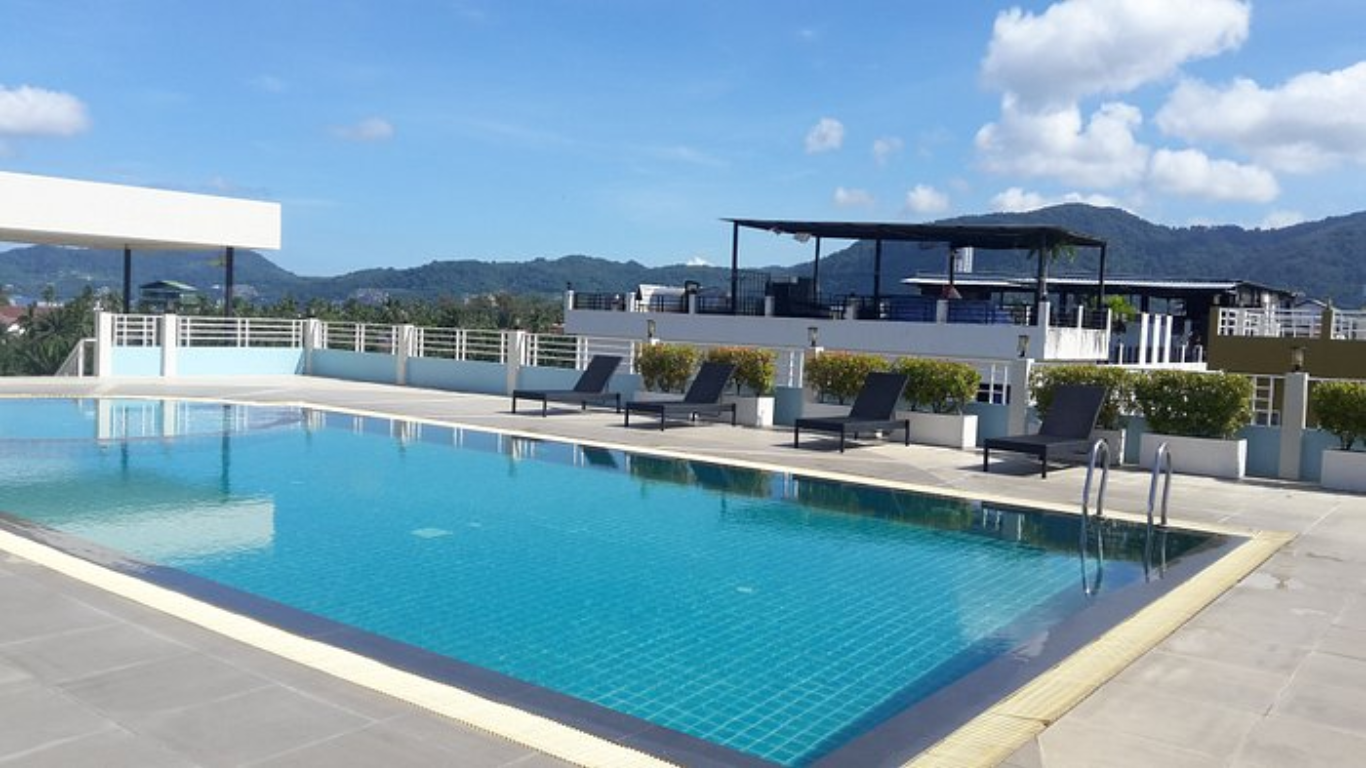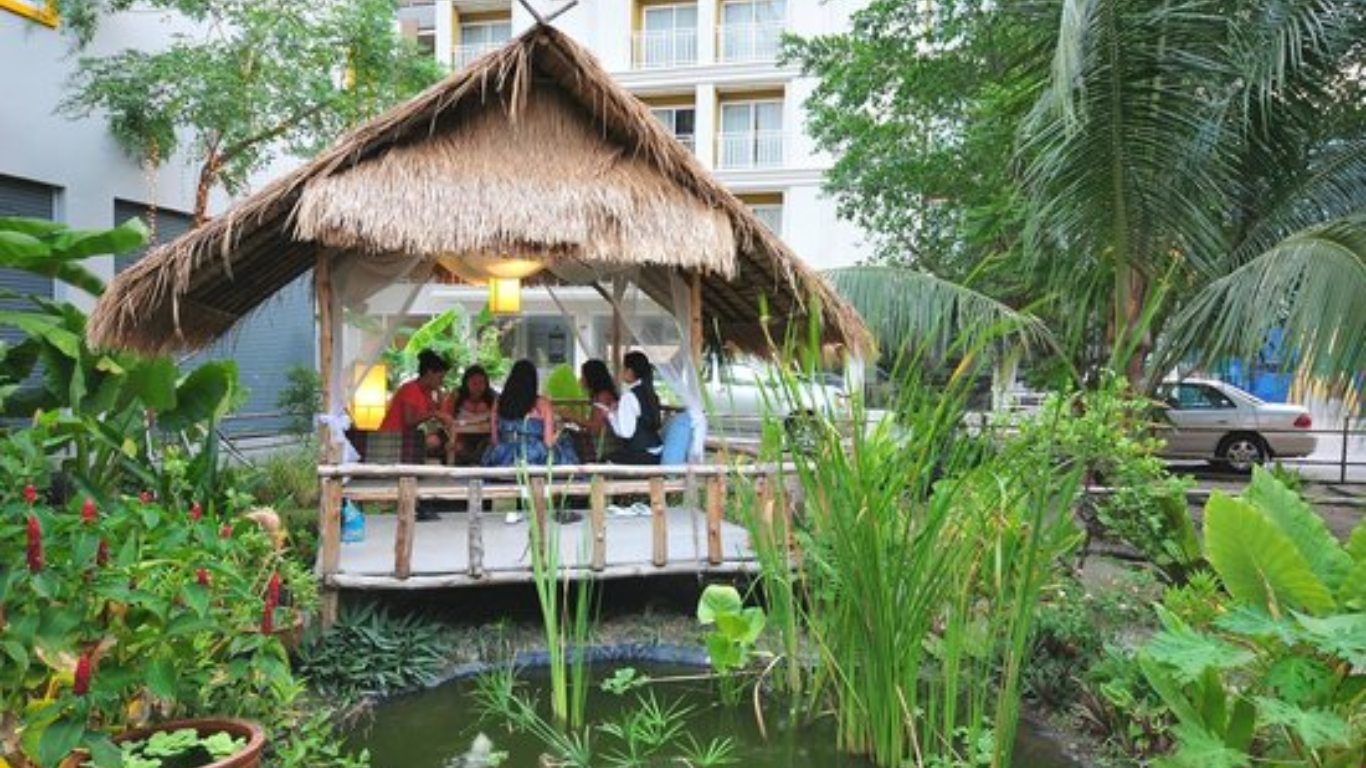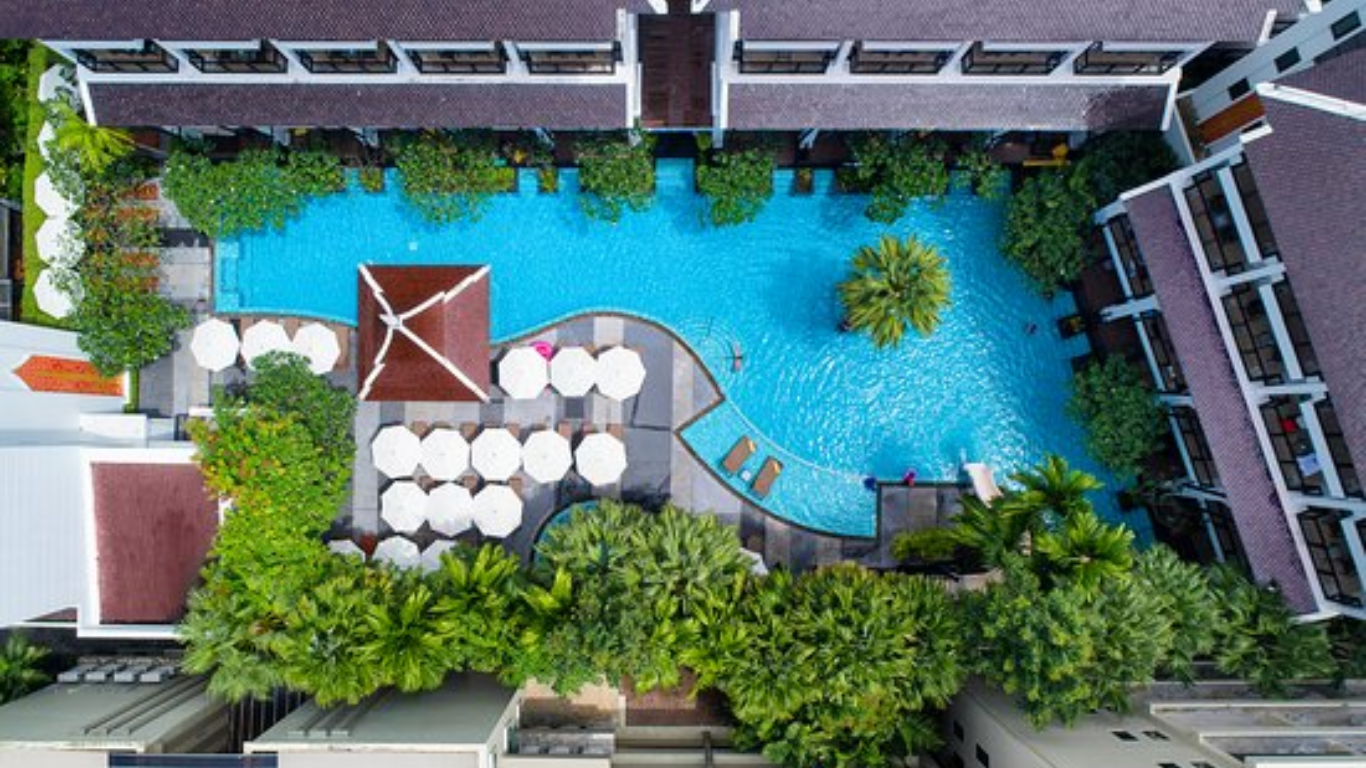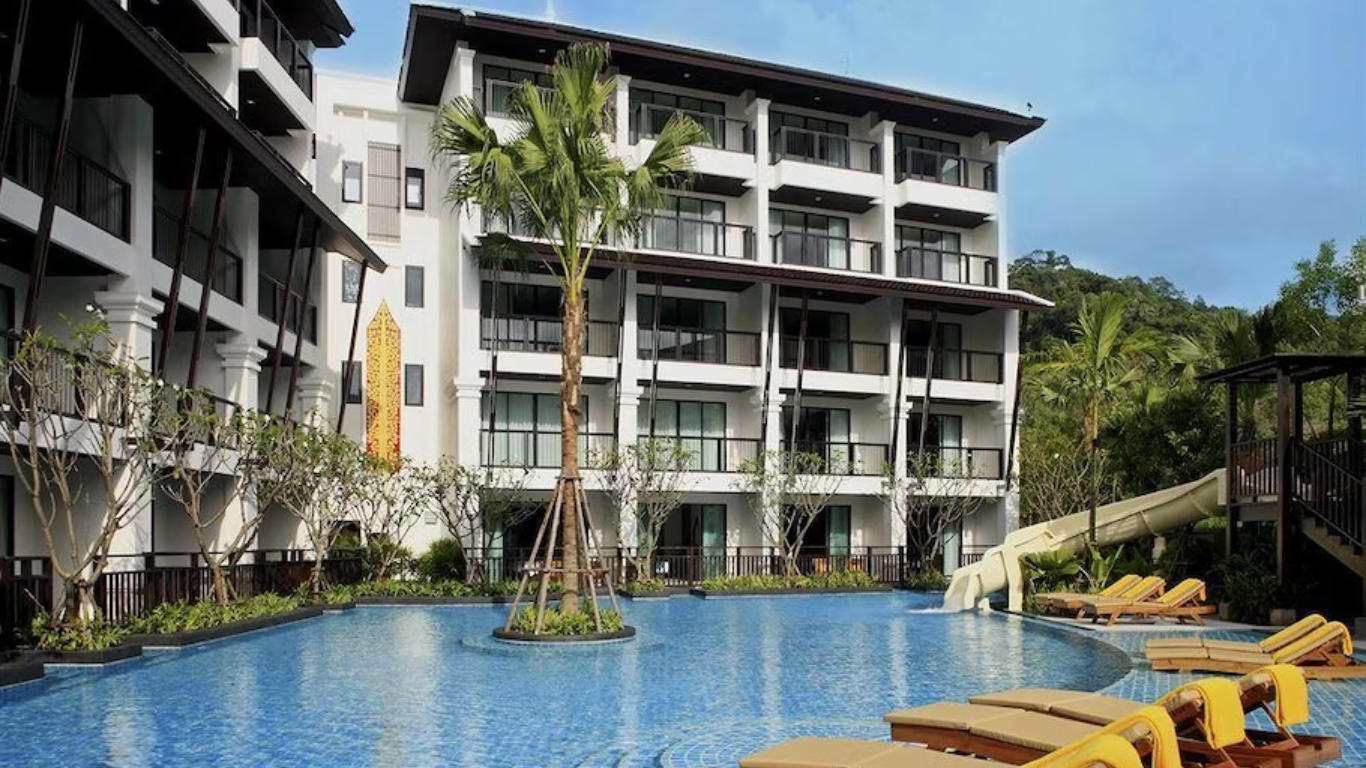Phuket & Krabi
Phuket and Krabi are both popular tourist destinations located in southern Thailand. While they are relatively close to each other, they each offer their own unique attractions and experiences.
Phuket is the larger and more well-known of the two destinations, with a wide range of activities and attractions to suit all kinds of travelers. The island boasts beautiful beaches, lively nightlife, and plenty of opportunities for adventure sports like surfing, snorkeling, and diving. Visitors can also explore Phuket’s Old Town, which features a mix of Chinese and Portuguese architecture, as well as local markets and delicious street food.
Krabi, on the other hand, is a quieter and more laid-back destination, known for its stunning natural beauty. The area around Krabi is home to towering limestone cliffs, turquoise waters, and hidden lagoons, which can be explored by boat or kayak. The town of Ao Nang is a popular base for visitors, offering a range of accommodation options and restaurants, as well as easy access to nearby attractions like Railay Beach and the Emerald Pool.
Kayaking
Kayaking is the use of a kayak for moving across water. It is distinguished from canoeing by the sitting position of the paddler and the number of blades on the paddle. A kayak is a low-to-the-water, canoe-like boat in which the paddler sits facing forward, legs in front, using a double-bladed paddle to pull front-to-back on one side and then the other in rotation. Most kayaks have closed decks, although sit-on-top and inflatable kayaks are growing in popularity as well.
Kayaks were created thousands of years ago by the Inuit, formerly known as Eskimos, of the northern Arctic regions. They used driftwood and sometimes the skeleton of whale, to construct the frame of the kayak, and animal skin, particularly seal skin was used to create the body. The main purpose for creating the kayak, which literally translates to “hunter’s boat” was for hunting and fishing. The kayak’s stealth capabilities, allowed for the hunter to sneak up behind animals on the shoreline, and successfully catch their prey. By the mid-1800s the kayak became increasingly popular and the Europeans became interested. German and French men began kayaking for sport. In 1931, a man named Adolf Anderle became the first person to kayak down the Salzachofen Gorge, this is where the birthplace of modern-day white-water kayaking is believed to have begun. Kayak races were introduced in the Berlin Olympic Games in 1936.
In the 1950s fiberglass kayaks were developed and commonly used, until 1980s when polyethylene plastic kayaks came about. Kayaking progressed as a fringe sport in the U.S. until the 1970s, when it became a mainstream popular sport. Now, more than 10 white water kayaking events are featured in the Olympics.While kayaking represents a key international watersport, few academic studies have been conducted on the role kayaking plays in the lives and activities of the public .
River Rafting
An adventure is an exciting or unusual experience. It may also be a bold, usually risky undertaking, with an uncertain outcome.Adventures may be activities with some potential for physical danger such as traveling, exploring, skydiving, mountain climbing, scuba diving, river rafting or participating in extreme sports.
The term also broadly refers to any enterprise that is potentially fraught with physical, financial or psychological risk, such as a business venture, or other major life undertakings.










